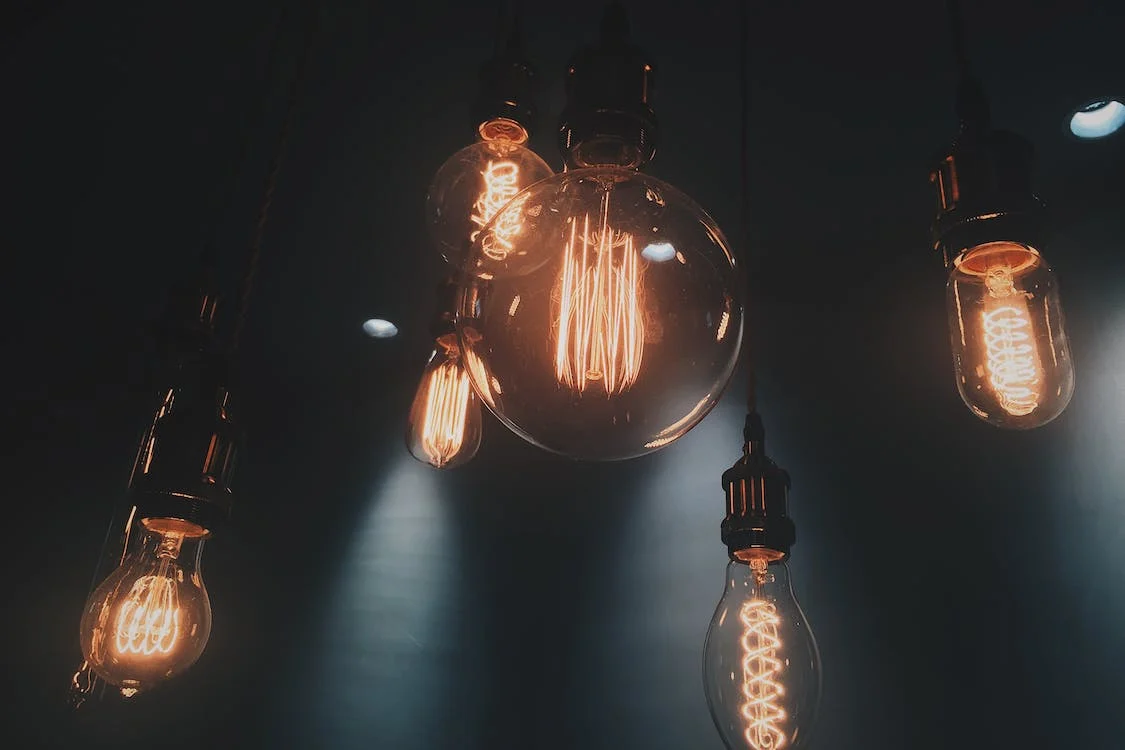It is often quite hard for us to imagine a world without light. The light that comes from light bulbs allows us to see at night, and sunlight provides humans, animals, and solar panels energy. Without light, we may not be able to move around our house or outside in the darkness.
For some people, they see the light to have only one level of intensity, but for scientists, the intensity or brightness of the light can actually be measured. So, how is light measured? And what are the units of measurement used to calculate the brightness of light? Let us find out as we take a look at a simple guide on how to measure light.
Before We Get Started
Before knowing how to measure light, we must first understand the terms that will be utilized for measuring. The first term is called lumen, which is a unit of measurement that determined the total amount of visible light that is emitted by a source, like a light bulb or sunlight. Lumen is the most common unit of measurement when calculating a light’s brightness. The second term is lux, a unit of measurement similar to lumen but is calculated to one lumen per square meter. The third term is foot-candle, which is determined by calculating one lumen per square foot.
Even though lumen is commonly used to measure light, foot-candle is the unit of measurement that is much easier to understand for many, including those who are just starting to learn how to understand the level of intensity or brightness for lights.
Calculating Lumen
To have a better understanding of how to calculate lumen, let us imagine that a lit candle is inside a large ball that is 2 feet in diameter. If we cut a hole on the ball that is 1 square foot wide, the light that emits from the hole is 1 lumen. Since the hole is 1 square foot wide, you can also say that the light that is emitting outside the ball is 1 foot-candle.
Although measuring lumen may look simple in the example given above, calculating lumen in other instances, like in larger measurements, may be too difficult to be calculated without using tools, hence the reason why scientists would have to perform lab tests before they are sure about their measurements. If you are going to measure lumen on your own whenever you are buying a light bulb, you might rather read the writings on the product’s box, as it may indicate the light bulb’s lumens.
Lumens to Watts
When buying light bulbs in appliance stores, you may be more familiar with the term “watts” instead of “lumens,” and that is actually for a good reason. Lighting companies tend to use watts rather than lumens as they believe that it could convey the brightness, intensity, or power of the light bulb better. However, the watts don’t actually determine the measurement of lumens in the light bulb, as the watts measure how much power the item needs, while lumens measure the light’s brightness.
Despite not being related to each other, scientists have found the average lumens found in each watt. For every 40 watts, it is determined that the light bulb is able to produce 450 lumens, and for every 60 watts, the average amount of lumens is 800. For 70 watts, there are about 1,100 lumens in the light bulb, and for 100 watts, there are 1,600 lumens.
Some boxes may only indicate the watts consumed by the light bulbs, so it is better to know about the average lumens in every amount of watts so that you will have a better idea of how bright the lightbulb is. However, newer products may already indicate the lumens that the light bulb produces, so you don’t actually have to guess the brightness of the product.
House Lighting
In terms of how much light a household needs to have properly illuminated rooms, the Illuminating Engineering Society of North American or IES has set up several guidelines on how to determine the amount of brightness needed for each room in the house.
According to the guidelines, the living room must have 1,500 to 3,000 lumens, while dining rooms should have 3,000 to 6,000 lumens. Interestingly, even though bathrooms and kitchens are relatively smaller rooms compared to living and dining rooms, they need 4,000 to 10,000 lumens, which is quite bright. However, these rooms do need ample brightness in order for people to better see what they are cooking in the kitchen or cleaning in the bathroom.
And there you have it, a simple guide on light measurement. Measuring light is not actually easy, as light is not a physical quantity; thus, it cannot be measured. However, what people can measure is the intensity and the speed of light, but the measurement for those aspects can sometimes be faulty as well. The mysteries surrounding the light are still not unlocked by scientists, and the probability of human unlocking its secrets is next to impossible because of its unpredictability and almost immeasurable speed.
